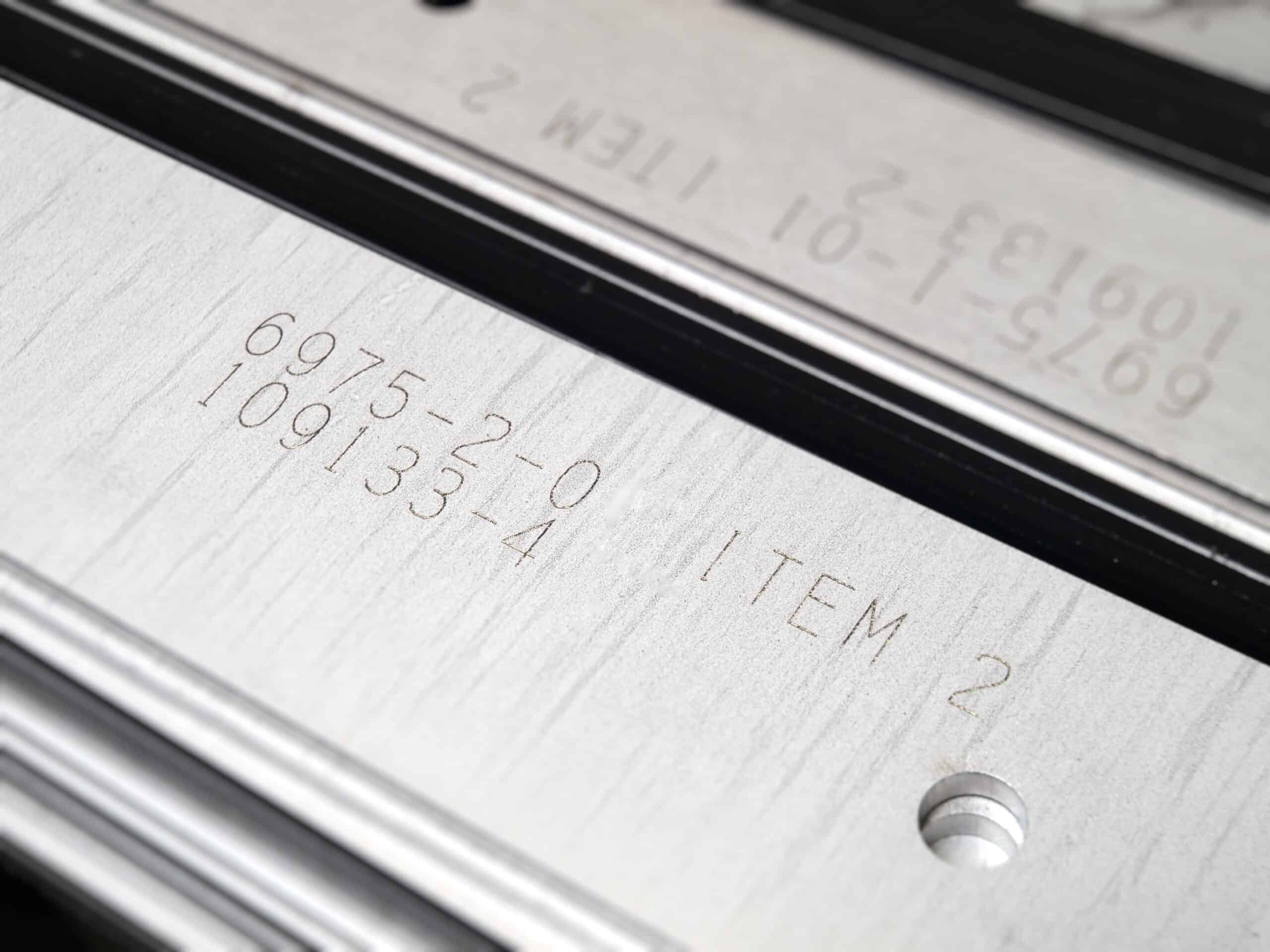When it comes to waterjet profiling, it’s easier to ask what this versatile cutting technology cannot cut. Waterjet is commonly used to cut metals, stone, plastics, glass, and carbon fibre. A process using focused, ultra-high-pressure jets of water to rapidly profile materials. Such is the power of waterjet that it is considered a cutting technology when in practice, it rapidly yet precisely erodes the material.
Waterjet Machines
Waterjet cutting machines broadly consist of a bed, X and Y axis motion control, water recycling tank, water pumps, and water nozzles. The bed or table is the surface on which the material to be cut is placed. Waterjet bed size dictates the maximum profiling capability, with the most capable machines measuring 9 metres by 4 metres. The pump generates water pressure and is adjusted to meet the cutting task at hand. Water passes through an orifice to focus it into a precise cutting jet. The orifice diameter dictates kerf or cutting width by controlling the amount of abrasive garnet introduced into the stream. The smaller the diameter, the more focused the water jet.

Pure Water and Abrasive Cutting
There are two methods of waterjet profiling, depending on the density of the material to be cut. For softer materials, pure water only is required to accurately profile. For harder materials, an abrasive such as garnet is added to boost profiling power. Abrasive agents are added to the water stream after pressurisation, passing through a mixing chamber. Abrasives are graded in a similar way to sand paper grit, with course and fine grades offering greater control over profiling finish.
Cold Cutting
One of the reasons waterjet profiling has become the preferred cutting technology for so many industries is the benefit of cold cutting. Many cutting methods generate heat which can warp and damage substrate structural integrity, while also avoiding the release of any inherent material stresses. Heat damage, known as heat affected zone or HAZ, poses a risk in supply chains with stringent material requirements, such as the aerospace and nuclear industries.
Manufacturers working to stringent specifications use cold cutting process to avoid material damage and deformation. Furthermore, cold cutting technologies require little to no post-cutting edge treatment, usually incurred by heat processes. Therefore, offering greater efficiency savings over other cutting methods.
Speed vs Quality
Waterjet profiling is known for its superior finish. Capable of producing complex geometries in a wide range of hard and soft materials. There is a balance to strike between edge quality and speed to deliver the required level of profiling efficiency. Flow speed is adjustable with waterjet, allowing the operator to adapt to high volume and high complexity orders.
For example, for a cutting order where fast turnaround and low cost per part is priority, high-speed cutting will be employed to meet expectations. The balance here is lower edge quality, with faster cutting delivering a rough separation. Where quality and intricacy cutting are priority, a slower cutting speed will be used to achieve fine edges. The balance of slower, finer cutting tends to be a longer lead time and higher cost per part.
Abrasives are another tool waterjet operatives can use to meet job requirements most efficiently. Different grades of abrasive, from course to fine, are employed provide additional control to optimise both throughput and edge quality.

The Thick of It
Almost any material is suitable for waterjet profiling and as such, the cutting technology has been adopted by suppliers in an impressive range of sectors including construction and food (waterjet is used to cut food to prevent cross-contamination). Delivering a cutting tolerance of +/-0.25mm and 1.0mm kerf (cut width) waterjet is a highly accurate cutting method. Below are the most common materials profiled with waterjet:
- Mild and Carbon Steels
- Aluminium and Alloys
- Stainless Steels
- Brass and Bronze
- Copper
- Carbon Fibre
- Plastics and Acrylic
- Glass
- Marble and Granite.
The hyper-pressurised jet of water will cut through most manufacturing materials, with harder materials cut more efficiently using an abrasive agent. Restraints on material cutting thickness are mostly overcome by the use of waterjet. Harder materials, such as metals and stone, tend to have a maximum thickness of 230mm. Softer materials such as carbon fibre and polymers can be cut at any thickness, provided it fits on the machine bed.
In a Nutshell
Waterjet is highly versatile and delivers quality cutting without HAZ material damage. Also a highly efficient cutting method, adaptable to different project objectives such as speed, low cost per part or fine edge quality. Computer numerical control (CNC) ensures accuracy and repeatability for improved downstream processes.
The Laser Cutting Co. and sister site Charles Day Steels operate a suite of powerful multi-headed waterjet profiling machines, ready to process your order. Few service providers can rival the cutting bed size and water pump power The Laser Cutting Co. invest in:
- Bed size – 9m x 4m
- Hard material max. cutting depth – 230mm
- Cutting jets – 3 per machine – rapid throughput for fast turnaround
- Kerf/cut width – 1.0mm
- Tolerance – +/-0.25mm.
Send over a drawing for your next project to see how much you could save with a no-obligation price








